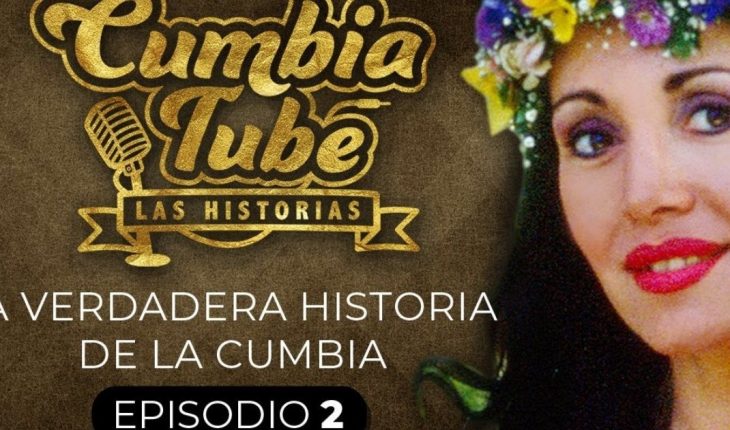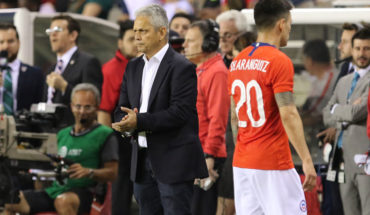“CumbiaTube: The Stories” tells the most complete story of the golden age of the tropical movement, from the late ’80s to the early 2000s.A story that traces the life and trajectory of the greatest leading artists of the genre: Gilda, Rafaga, Los Palmeras, Leo Mattioli, Ricki Maravilla, Antonio Rios, Los Charros, Amar Azul, Grupo Red , Karicia, among many other successes.
Four episodes of approximately 22 minutes each, where it delves into the Late ’80s and Early ’90s, A Second Wave of Artists, The Santafesina Cumbia and its Colombian Influence, and The Birth of the Cumbia Villera.The content is supported by videos of the company’s archivity material, which gives an addition and a differential to what podcasts are. Narrated by two professionals of this new format that are podcasts: Fede Bareiro and Agustín Gennoni. An essential of our popular culture and of those temones that put us to dance no matter the time or place. Chapter 1: Late ’80s and Early ’90sIn this first episode, it introduces itself to what was the birth of cumbia in Argentina, along with its growth accompanied by the social, economic and political context of the time, and the national success it achieved, to the point that the genre managed to cross borders and expand around the world.
In the course of the chapter the career of several bands and soloists that gave rise to the Cumbia Argentina is narrated: Antonio Ríos, from his beginnings in Grupo Sombras, his time in Malagata, to his solo career. The romantic cumbia band Los Dinos, who immortalized the song Los Caminos de la Vida years before Vicentico. The first tropical artist to explode on television: Ricki Maravilla. This is also the case of Lia Crucet. Alcides and the Beachgoers, and a mega hit like Violeta. And an artist who knew how to conquer Latin American countries with his music: Adrián y los Dados Negros.
Chapter 2: Second Wave of Artists This episode tells about those artists who managed to cross borders reaching Chile, Peru, Bolivia, Mexico, Spain, among other countries. The greatest example of internationality was given with Rafaga, managing to reach Romania with his music on multiple occasions. It also tells about Peruvian groups formed by the producer José “El Cholo” Olaya: Los Charros and Karicia, the beginnings and formation of the legend after the death of Gilda, “Amar Azul”, a resounding success in Chile, the formation of groups with young and long-haired singers that led to the assembly of Grupo Red , formed by “El Chelo” of Grupo Green, who would later put together Grupo Blue and Contagion. Seven Moons and the division of the group so that The New Moon was formed, by The Chinese and The Magician.
Chapter 3: The Cumbia Santafesina and its Colombian InfluenceA genre within the cumbia itself, the cumbia santafesina. A province of Argentina that saw the birth of countless artists: Los Palmeras, Grupo Trinidad and Leo Mattioli, Dalila, Uriel Lozano, and many more. The influence of Colombian music and bands such as El Binomio de Oro, Los Wawanco, and the Cuarteto Imperial. The tropical rhythm of Colombia is imprinted on the santafesina cumbia.
Chapter 4: The Birth of Cumbia Villera and the Quatrain MovementThe topics addressed in this episode: the best told story of cumbia villera, its birth and explosion in the 2000s. A marginal genre, as its name relates, of the villas. The first cumbia villera band in Argentina: Guachin. Yerba Brava and a hit that reached all the courts of Latin America, La Cumbia de los Trapos.El nacimiento de Flor de Piedra, a band formed by Pablo Lescano. The quatrain movement with groups like Banda XXI, Walter Olmos, Miguel “Conejito” Alejandro, La Konga, and more.
Are you going to miss it?





